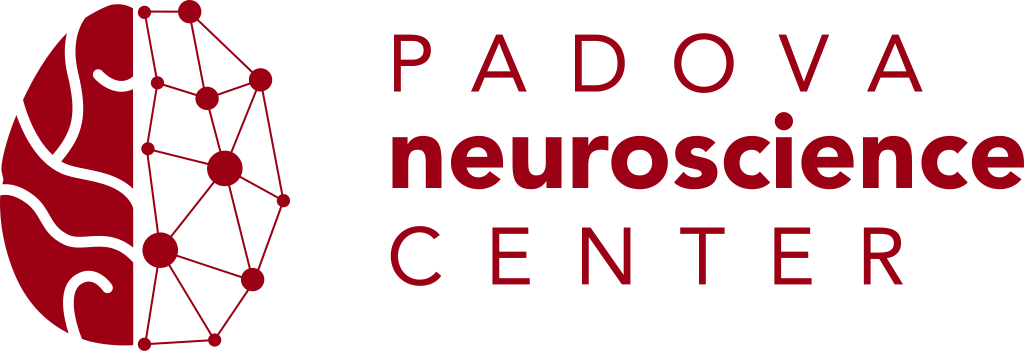by prof. Alessandra Del Felice, Dep. of Neurosciences – University of Padova and prof. Emanuele Menegatti, Dep. of Information Engineering – University of Padova
When: March 17th, 2022 – 3:00 pm
Where: Sala Seminari at VIMM, Via Orus 2b, Padova, Zoom meeting (Recording available on Mediaspace)
Abstract: Robotic devices have seen an increasing uptake in neurorehabilitation, due to the higher intensity and larger therapeutic exercise doses they can provide. More recently, robots have also entered the market as assistive wearable devices – i.e. to enhance or integrate human body performance.
However, the human and the robot are usually considered as two separate entities interacting via a fixed and immutable interface and the robot is seen as a mere actuator of pre-designed motions.
For the effective exploitation of wearable robots as assistive and rehabilitative tools, we need to overcome these limitations aiming towards a synergistic integration of humans and robots. Advanced interfaces based on neuromuscular data and sophisticated mechanical structures are yet insufficient. We need to move in the direction of a reliable and continuous interaction, based on detailed knowledge of the neuromuscular responses to robotic training and the development of approaches in which two intelligent agents (i.e. the human and the robot) cooperate to achieve a common goal. Therefore, our Neuroscience and Robotics research groups at the University of Padova are collaborating on this challenging topic. We will first focus on the concepts supporting the use of robots in neurorehabilitation and healthy ageing, moving then to present novel Artificial Intelligence techniques to develop shared-intelligence architectures for wearable robots interfaced via the electroencephalographic (EEG) and electromyographic (EMG) signals.


